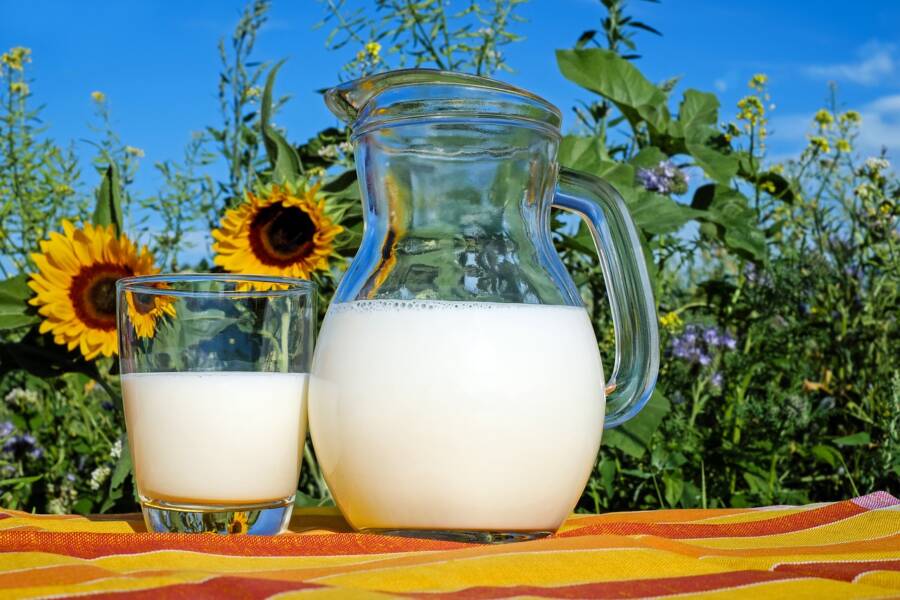Is Cold Milk Okay for Babies?
If you’re a new parent, you’ve probably asked yourself a million questions—including this one: Can my baby drink cold milk? Whether it’s straight from the fridge or leftover from a bottle, it’s a common parenting dilemma. Some say warm milk is best, while others insist it’s just a matter of preference.
So what’s the truth? In this guide, we’ll break down the benefits, risks, and myths around feeding cold milk to babies—and when it’s okay to serve it chilled.
Why Do Parents Warm Baby Milk?
Traditionally, many parents warm milk because it mimics breast milk, which is naturally body temperature. Warm milk also tends to be more soothing, especially for newborns.
But here’s the thing—it’s not about safety. It’s about comfort.
In fact, pediatricians confirm that cold milk is not harmful to healthy, full-term babies. Once your little one gets used to it, there’s usually no going back!
Is It Safe to Give Cold Milk to Babies?
✔️ The Short Answer: Yes, it’s safe.
According to pediatric experts, cold milk is perfectly fine for babies who are:
-
Healthy and full-term
-
Over the age of 3–4 months
-
Not struggling with digestive issues
The U.S. Centers for Disease Control and Prevention (CDC) even confirms that breast milk or formula can be served cold, warm, or at room temperature.
⚠️ When You Might Want to Avoid It:
-
Premature babies: They may have trouble regulating body temperature or digesting cold milk.
-
Babies with feeding sensitivities: If your baby seems uncomfortable or refuses cold milk, it’s okay to stick with warm.
Benefits of Cold Milk for Babies
Surprised? Cold milk has a few unexpected benefits:
1. Faster and More Convenient
No more warming bottles in the middle of the night. Just grab one from the fridge and go!
2. Safe for On-the-Go Parents
You don’t need to worry about perfectly warming milk when you’re out and about. Just keep it cool in an insulated bag.
3. Helps With Weaning and Independence
Cold milk can help older babies and toddlers transition away from bottles or breastfeeding by offering variety.
Potential Risks (And How to Avoid Them)
While cold milk is generally safe, here are a few things to watch for:
❄️ Feeding Aversion
Some babies just don’t like the feel of cold milk. That’s okay! Try offering it slowly or mix cold and warm to transition.
❄️ Gas or Digestive Discomfort
There’s a myth that cold milk causes gas or cramps—but there’s no scientific proof of this. Still, watch how your baby reacts and talk to your pediatrician if needed.
❄️ Chilling Sensitivity
If your baby is teething or already sensitive, cold milk might be less comforting than warm. Every baby is different.
What About Formula or Breast Milk?
Formula:
Yes, formula can be served cold—as long as it was prepared safely and stored correctly. Always follow the guidelines on the label or from your pediatrician.
Breast Milk:
Breast milk from the fridge or freezer is safe cold or warmed. Just be sure to thaw it properly (in the fridge or warm water—not the microwave).
Tips to Transition Your Baby to Cold Milk
Thinking of making the switch? Here’s how to make it easy:
🌡️ Go Gradually
Mix cold and warm milk in increasing amounts over a few days so your baby adjusts.
🍼 Use Familiar Bottles
Use your baby’s favorite bottle or cup to offer cold milk—it can help create comfort and familiarity.
😋 Offer When Baby’s Happy
Try giving cold milk when your baby is calm and not too hungry or fussy.
What Do Pediatricians Say?
Most pediatricians agree that cold milk is fine for healthy babies. The key is to watch your child’s reaction. If they’re eating well, gaining weight, and staying healthy, the temperature isn’t a big deal.
Pro Tip from a Pediatrician:
“Babies are incredibly adaptable. As long as the milk is safe, clean, and properly stored, the temperature is more about preference than necessity.”
Common Myths Debunked
❌ Myth #1: Cold milk gives babies colic
Fact: There’s no research linking milk temperature to colic. Colic has a variety of causes, but milk temperature isn’t one of them.
❌ Myth #2: Cold milk is bad for digestion
Fact: Healthy babies can digest cold milk just fine. If your baby shows signs of discomfort, that’s a different issue.
❌ Myth #3: Warming milk makes it more nutritious
Fact: Temperature doesn’t change the nutritional value of milk—unless it’s overheated (which could destroy some breast milk antibodies).
Final Verdict: Is Cold Milk for Babies a Yes or No?
✅ Yes—it’s absolutely okay to give your baby cold milk, especially if they’re past the newborn stage and handling it well.
That said, listen to your baby. Some love it chilled, while others prefer it warm. As long as the milk is safely prepared, there’s no wrong answer.
FAQs: Quick Answers for Busy Parents
Q: Can I give my 6-month-old cold milk?
A: Yes! As long as they’re healthy and used to formula or breast milk, cold is fine.
Q: How do I know if my baby doesn’t like cold milk?
A: Look for signs like refusal, fussiness, or not finishing bottles. If that happens, warm it up and try again later.
Q: Is it okay to microwave milk to warm it up?
A: It’s not recommended. Microwaves can create hot spots. Use warm water instead.
Conclusion: Do What Works for You—and Your Baby
Parenting is full of choices, and feeding is one of the biggest. Whether you choose cold, warm, or room-temperature milk, what matters most is that your baby is happy, fed, and healthy.
Let go of the guilt. Trust your instincts—and your baby’s cues.








